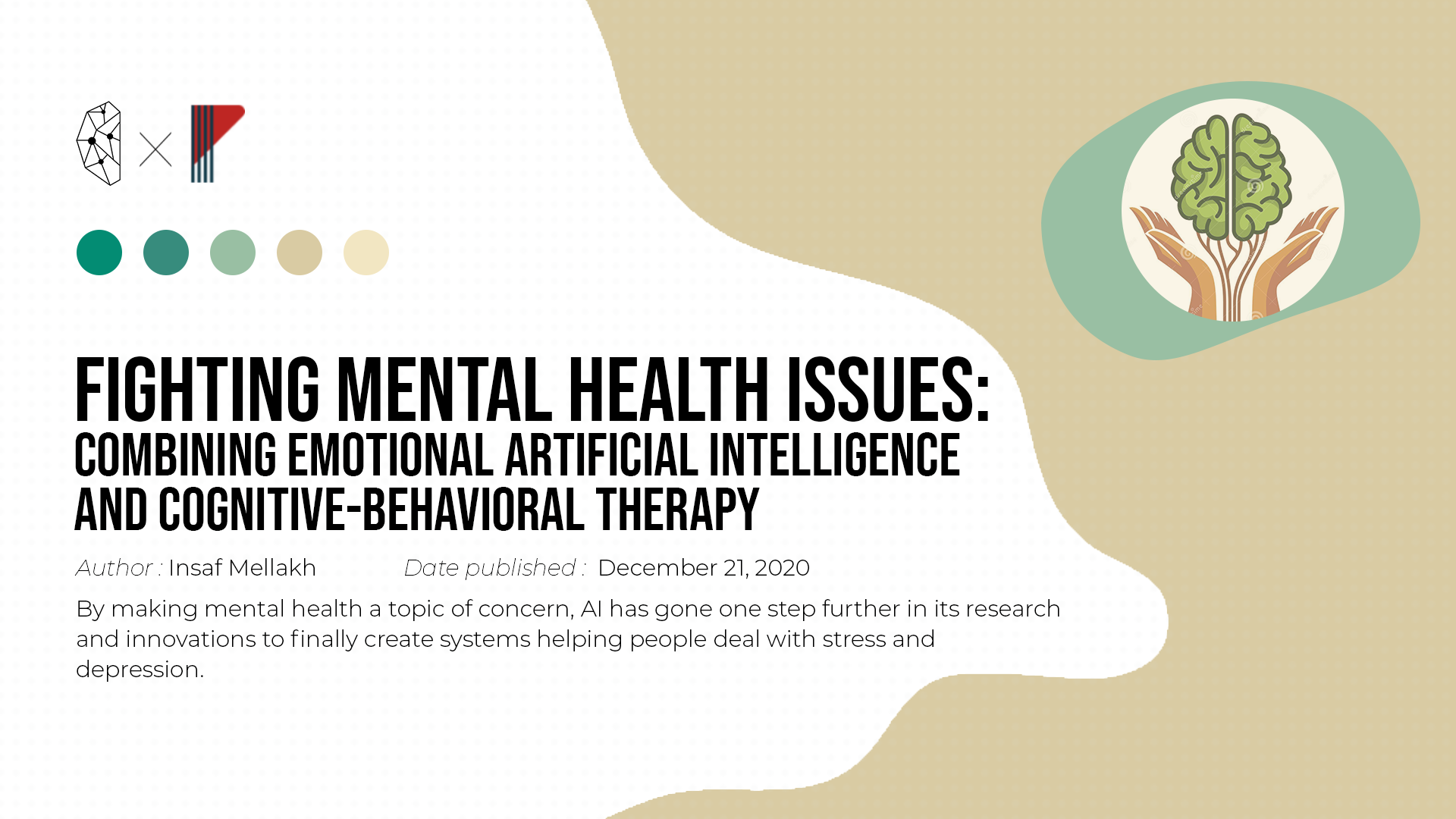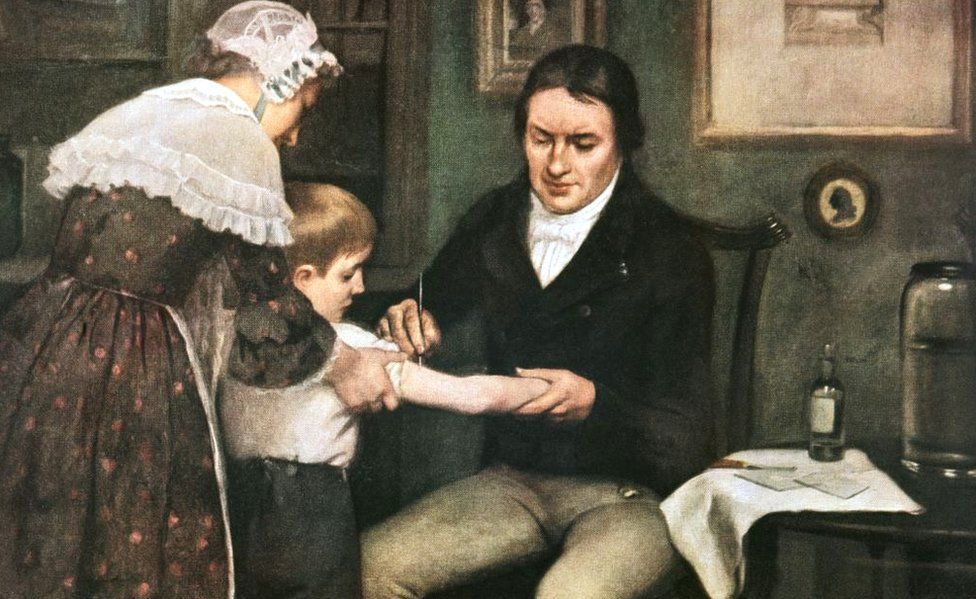In a world overflowing with speed, traffic jams, car horns, huge work overloads, and bad news, people find themselves submerged by negativity and stressful incidents. It’s not surprising, and alarming, that nearly one billion people worldwide suffer from mental health disorders. Every 40 seconds, a person dies by suicide.
These numbers are getting higher by the rapid emergence of a global pandemic. In fact, the loss of a loved one, the fear of being contaminated or of contaminating those around them, and the increasing scarcity of social relationships are major factors that make people prone to anxiety, stress, overthinking, depression and trauma.
Despite all these discouraging facts, science continues to evolve and find a solution to every problem. By making mental health a topic of concern, AI has gone one step further in its research and innovations to finally create systems helping people deal with stress and depression. These tools are built based on deep learning models, voice and image recognition, and natural language processing, in order to analyze and monitor people’s behaviors and emotions. By recognizing tone and speed of speech, the AI systems can track stress levels and identify the persons who are struggling with mental illnesses such as anxiety and depression. This seems a huge step when talking about emotional artificial intelligence. Nevertheless, the power of Machine Learning does not only lie in its ability to diagnose mental health problems but another alternative that focuses on therapy is now being developed.
Therapeutic AI Chatbots offer indeed a sort of therapy directed to the concerned persons. Moodkit, Woebot, and Wysa are all mental health chatbots that offer cognitive insights and behavioral change based on cognitive-behavioral techniques, one of the most heavily researched clinical approaches to treating depression.
Let’s take the example of Woebot. This free chatbot uses natural language processing and sentiment analysis to interpret a user’s input and generate personalized responses. To make things simple, imagine you’re conversing with a friend but not a common one. Actually, this friend asks you direct questions in order to assess your thoughts and mood and hence help you re-evaluate your thought patterns.
In essence, a Woebot user will receive individualized responses that are usually useful tips aiming to modify one’s emotions, thoughts, and behaviors. The pictures below show examples of Woebot chatting with users:


Generally speaking, AI therapeutic chatbots were of great help to their users. There has often been positive feedback about the effectiveness of these AI-based applications. Woebot, for example, has shown a significant decrease in anxiety and depression among its users in 2 weeks only.

According to psychologists, these AI tools can help a lot with some mental health issues. However, medical assistance is a major process essential in overcoming mental health problems especially when the individual suffers from severe symptoms (e.g. Major Depressive Disorder) that would likely require a higher level of care.
On that account, it’s not about AI manipulating us or replacing humans as some may think. Still, on the other hand, this much success gained by AI Chatbots leads to some questions we should ask ourselves. Are we really doing well? Are we taking the time to listen to the people around us? Do we try to understand them, to comfort them? Or, are we so consumed by work, money, and social media that we no longer ask about the ones we love to the point that they choose to talk to a machine over opening up to us? The purpose of this questioning is not to enter into a circle of self-blame but to rethink our behavior towards our loved ones.
Let’s listen to each other. Let’s notice the persons around us whom mental health issues are kept untold and let’s accompany them in taking adequate therapy because everyone needs help and support and no one should bear the weight of mental disorders alone.
Resources:
Treating Your Stress with AI Technology
10 octobre 2020: C’est la journée mondiale de la santé mentale
Woebot: A Professional Review









Share your thoughts